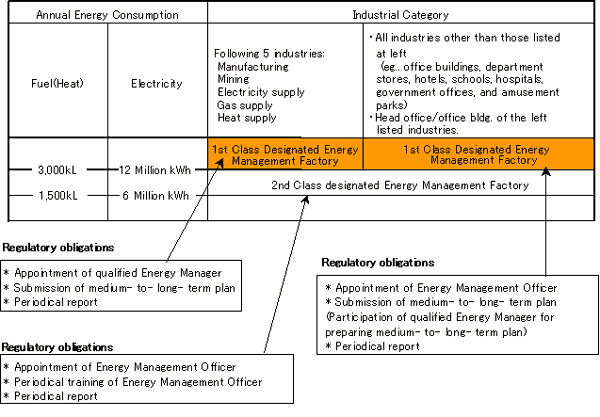
| AEEC Home | Training Index | Index | Top | Previous | Next |
| Trainig text | INDONESIA |
| 10. Promotion of energy conservation measures |
|
| 11. Category of designated energy management factory |
 |
| 12. Energy Audit Program |
|
|
21/23 |
| AEEC Home | Training Index | Index | Top | Previous | Next |
|
Copyright(C) ECCJ 1996-2019 |